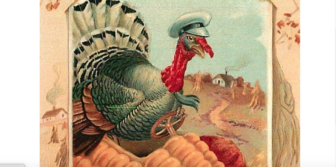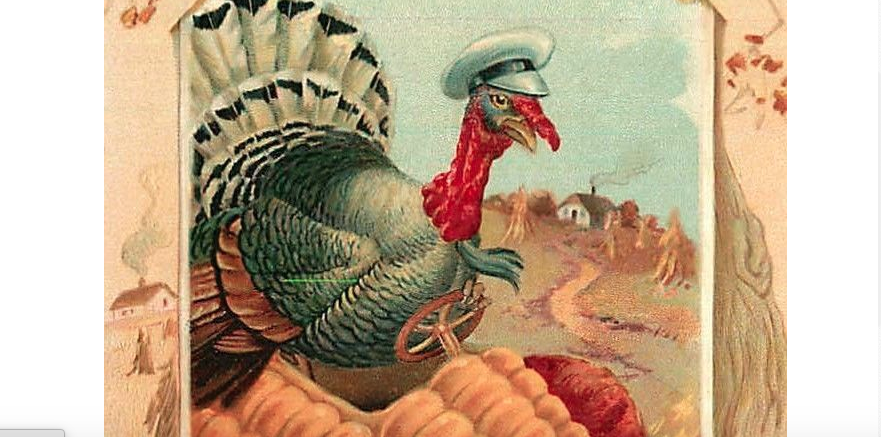Cars, like humans, need seasonal checkups; in cold winter weather such as this week’s anticipated cold snap, it’s important to maximize fuel efficiency, maintain safety, and ensure your vehicle can start for the worst winter has in store for us.
So now is the time to get cranking on car maintenance, says AAA Northeast.

Don’t be a turkey behind the wheel — look after car maintenance before you leave.
— an announcement from AAA Northeast
“No one wants to be stranded in the cold,” said Fran Mayko, AAA Northeast spokeswoman. “So properly preparing your vehicle for cold weather is essential – before your vehicle breaks down. You’ll save time, money and aggravation when the mercury dives into the teens or single digits.”
To prepare, AAA Northeast offers drivers these cold weather car tips:
Batteries: If your battery is more than three years old, have it and the charging system tested. Even a good battery can lose up to 50% of its capacity when temperatures drop to zero. At 32 degrees, it takes up to 30% more power to start a cold engine. Jumpstarts only treat symptoms not cranking problems.
Coolant: Check the coolant level in the overflow tank when the engine is cold. If the level is low, add a 50/50 solution of coolant and water to maintain the necessary antifreeze capability to -34 degrees. Test your antifreeze with an inexpensive tester from any auto parts store. Check hoses for leaks, cracks or loose clamps. Hoses that feel brittle or spongy when squeezed should be replaced.
Ignition: Damaged ignition wires, a cracked distributor cap or worn spark plugs can make starting difficult. If the check engine light is flashing, this indicates an engine misfire that could be a result of a malfunctioning ignition system. Driving with a flashing check engine light will permanently damage the engine catalytic convertor, a very expensive repair.
Oil: Every car engine depends upon oil for lubrication. Oil that hasn’t been changed regularly thickens and turns to a molasses-like substance. Synthetic oil is a benefit for every vehicle and allows for quicker starts in cold weather. Change your oil according to manufacturer instructions. At the same time, check your transmission fluid level.
Tires: In areas with heavy snow, installing snow tires on all four wheels will provide the best traction. All-season tires work well in light-to-moderate snow conditions provided they have adequate tread depth. Check your tires for proper tread depth, uneven wearing or cupping. Check tire pressure in all five tires; as temperatures drop, so will tire pressure, typically by one pound-per-square inch for every 10 degrees.
Washer fluid: Fill the windshield fluid reservoir with a winter cleaning solution that has antifreeze components. Look for fluid that protects well below freezing.
Wipers: Wiper blades should completely clear the glass with each swipe. Replace blades that leave streaks or miss spots. Consider installing wiper blades that wrap the blade frame in a rubber boot to prevent snow and ice buildup.
Engine Warm up: Extensive engine warm ups are no longer necessary even in very cold weather. A more fuel-efficient technique is to drive at a reasonable speed until the engine reaches operating temperature.
AAA Northeast is a not-for-profit auto club with 64 offices in Rhode Island, Massachusetts, Connecticut, New Jersey, New Hampshire and New York, providing more than 5.7 million local AAA members with travel, insurance, finance, and auto-related services. In Connecticut, we serve a half-million members living in is Fairfield, New Haven, and Litchfield counties.

